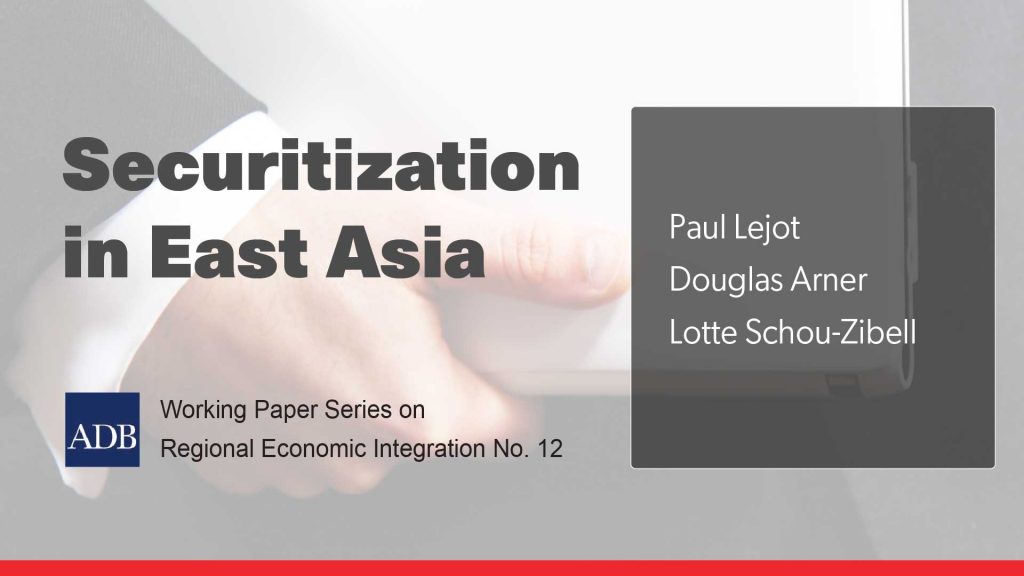Securitisation in East Asia
Reliable and efficient securitization can assist development and enhance financial stability. To make fuller use of securitization, East Asia’s motive will be to meet funding or investment needs in the real economy.


Securitisation has been challenged by the crisis of confidence that spread in 2007 from the US subprime sector. This study analyses the underlying reasons, the likely results in regulatory policy and future transaction uses by banks and investors. Issues analysed include:
a. Regulatory incentives to securitization, variations in national rules, international capital standards, and Basel II implementation.
b. Recent market dislocations, uncertainty in credit risk transfer, market transparency, future rating agency practices, and post-crisis regulatory outcomes.
c. Criticisms of contemporary securitisation and its uses, stress in credit risk and transaction appraisal, and weaknesses in post-origination subprime loan management.
d. Rethinking securitization, new initiatives for East Asia, and institutional and contractual arrangements to safeguard investors and users.
This study examines the institutional basis of these issues by investigating the use of securitization in East Asia, questioning both the growth in regional activity since the 1997/98 Asian financial crisis, and the reasons for it remaining constrained. It concludes with proposals to support proper development of securitization in the region, including institutional mechanisms that could better allow securitization to enhance development and financial stability.



